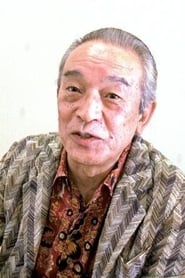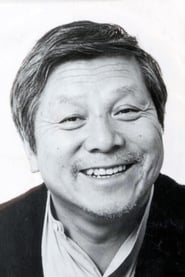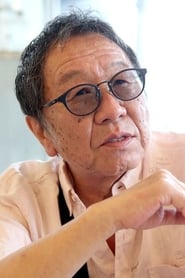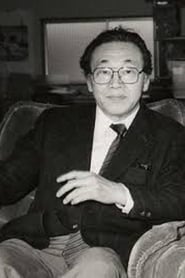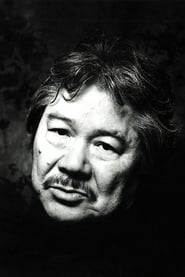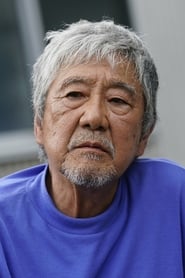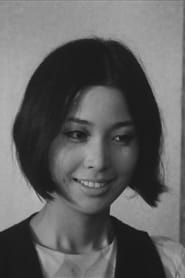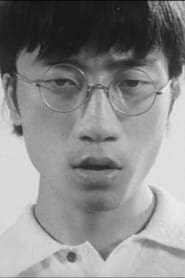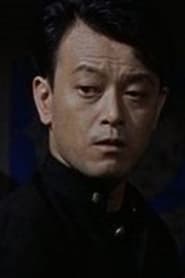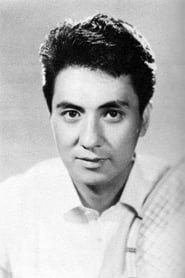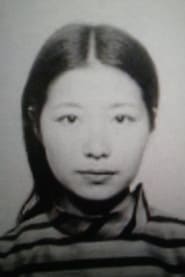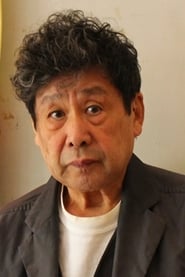The best Masao Adachi’s movies
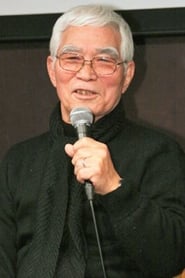
If you love cinema, you will share this ranking of the best Masao Adachi’s movies, although you may have ordered them differently. In any case, we hope you love it and with a little luck discovering a movie that you still don’t know about Masao Adachi.
Death by Hanging
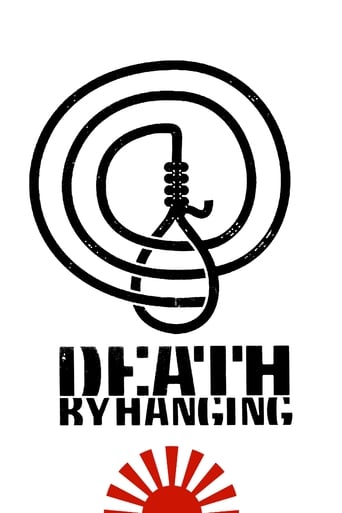
7.5/10
A Korean man is sentenced to death in Japan but survives his execution, sending the authorities into a panic about what to do next.
Ecstasy of the Angels
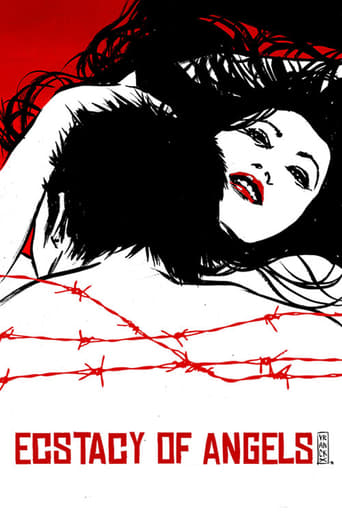
6.3/10
A militant revolutionary group is torn apart by betrayal as its members descend into paranoia and sexual decadence.
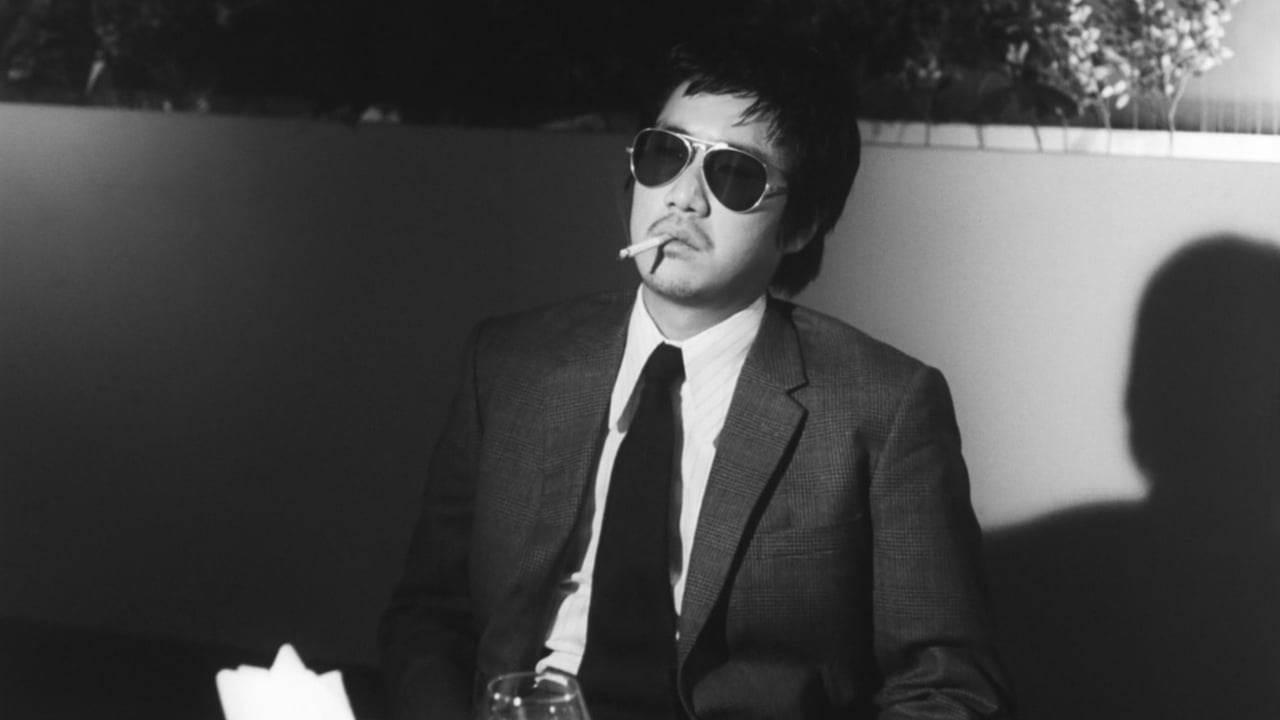
Red Army/PFLP: Declaration of World War
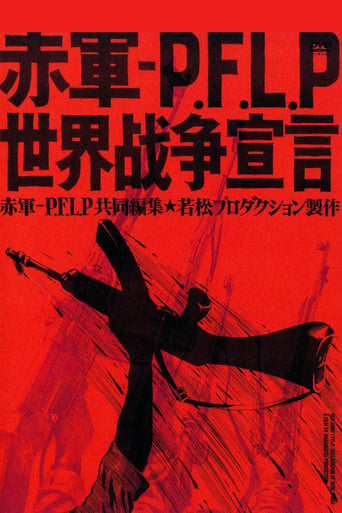
6.3/10
It was a milestone of film as activism, cinema as movement in Japan’s context. Adachi and Wakamatsu went to Beirut on the way back from the Cannes Film Festival. There, in collaboration with the Red Army members and PFLP, they produced this newsreel film depicting the everyday activities of Arab guerrillas as a cinematic narrative on the world revolution.
Three Resurrected Drunkards
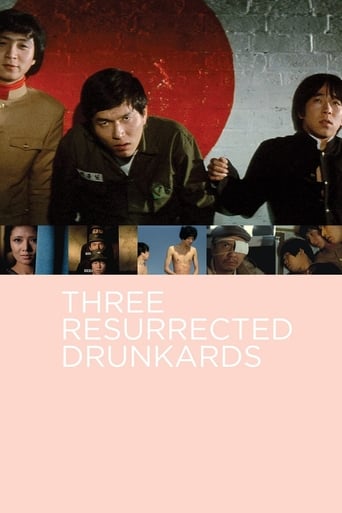
6.4/10
Three students spend their holidays at the seaside where they are mistaken for Koreans, a minority which is looked down on in Japan. The action develops into a crime story.
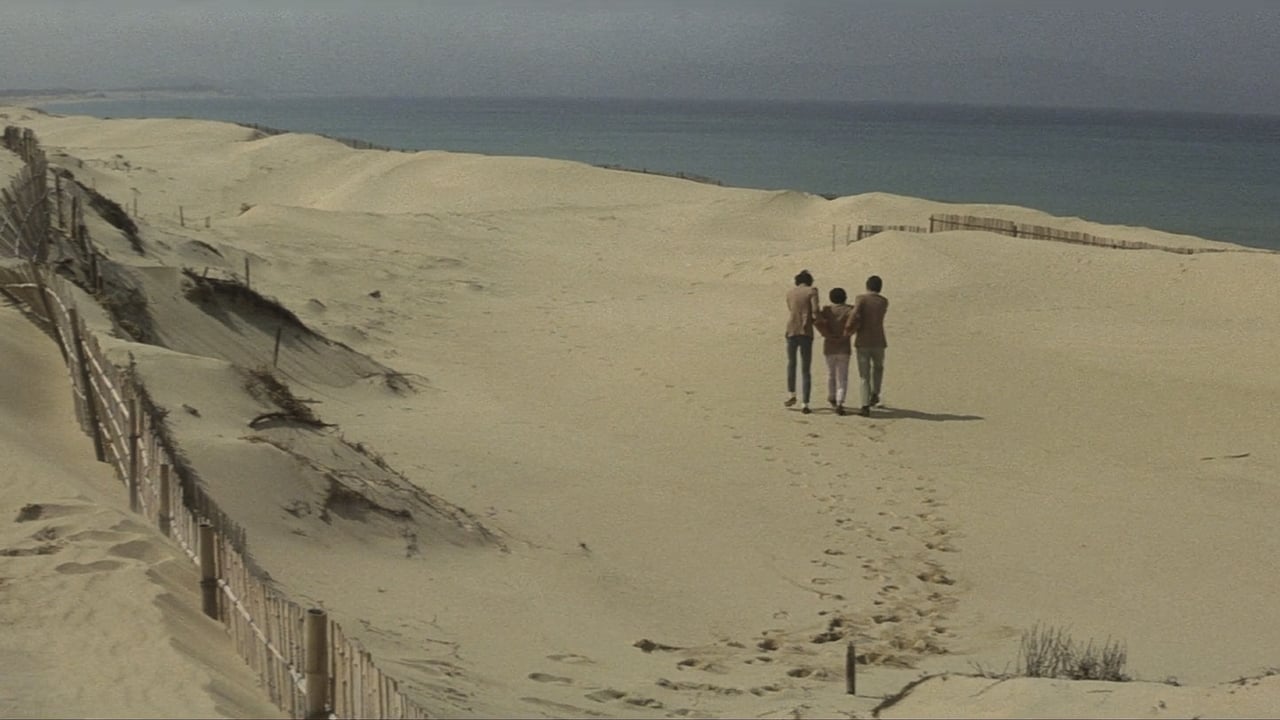
Running in Madness, Dying in Love
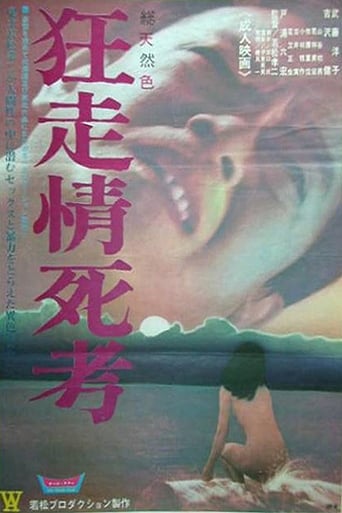
7.1/10
During clashes between demonstrators and police that rage on the streets of Tokyo, a young man hides in the house of his brother - a police officer. The latter is accidentally shot by his wife, which forces the young man to flee with her.
Bruno & Bettina
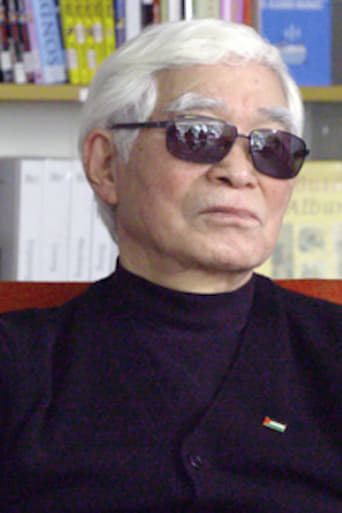
Masao Adachi, the author and director of experimental works and pinku-eiga in the 1960s, was a member of the Japanese New Left that shifted from being a filmmaker to a guerrilla fighter. In 1974, he joined the Japanese Red Army in Lebanon, which worked closely with the Popular Front for the Liberation of Palestine. Filmmaker Lutz Dammbeck met Adachi in Tokyo in 2018 and talked with him about a wide range of topics, including art, revolution, the influence of western avant-garde art and American underground; the Japanese Red Army; collaboration with secret services; the role of the Left after 1968; and the reasons for failures of leftist ideas and strategies.
The Pistol That Sprouted Hair
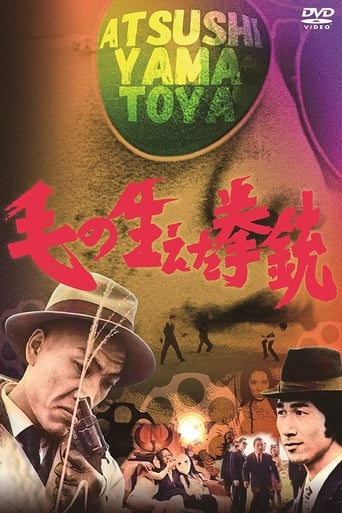
6.9/10
Shirō raids the office of the organization that attacked his lover, wreaking havoc and escaping with a stolen handgun. In retaliation, the organization hires two killers to get rid of Shirō. The duo begin to develop a strange kinship with their target...
Pink Ribbon
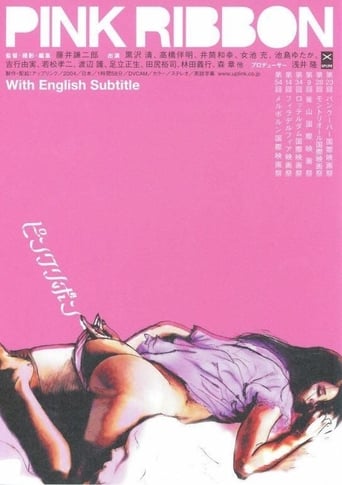
6.4/10
Documentary filmmaker Kenjiro Fujii takes a look at the history of a distinctly Japanese brand of softcore pornography in this extensive examination of the "pinku eiga" genre (ピンク映画 Pinku eiga or Pinkeiga). For more than 40 years, so-called "pink" films have served as both a key source of revenue for the Japanese film industry as well as a launching pad for the careers of such mainstream filmmakers as Kiyoshi Kurosawa. After providing a detailed history of the still-profitable and popular genre through interviews with a variety of behind-the-scenes players and clips from such classic pink films as Fish Bait Boobies, director Fujii shifts his focus to the production of an upcoming pink film to offer a glimpse into the creative and stylistic evolution of the genre.
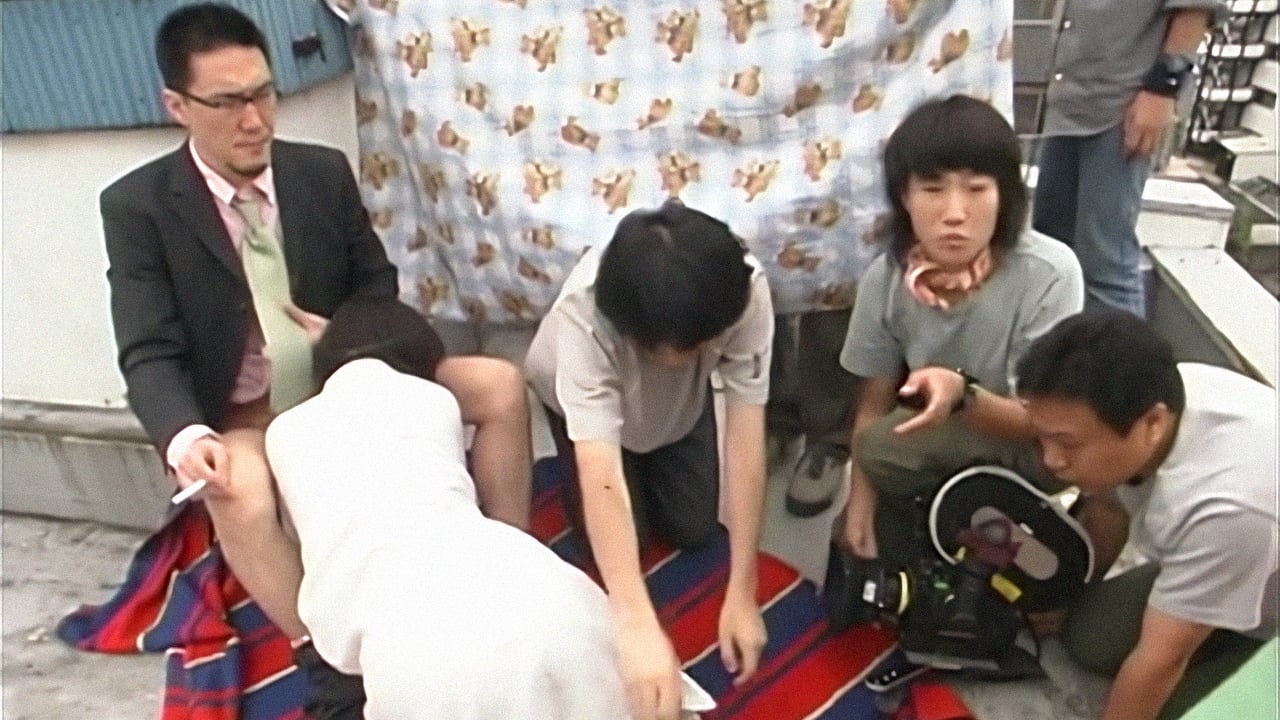
Random Lives
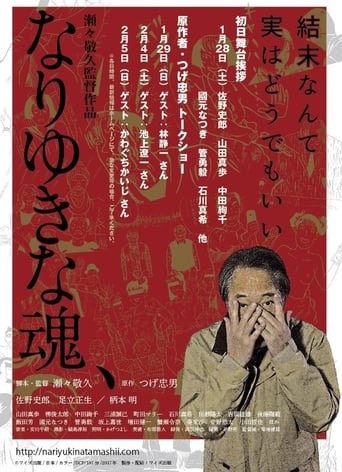
Questioning the meaning of people's lives, the multiple stories include the work of a manga artist, old men get involved in a fight and a murder, a bus incident which affects those who survive it, fishing, cherry-blossom viewing and more
Abnormal Blood
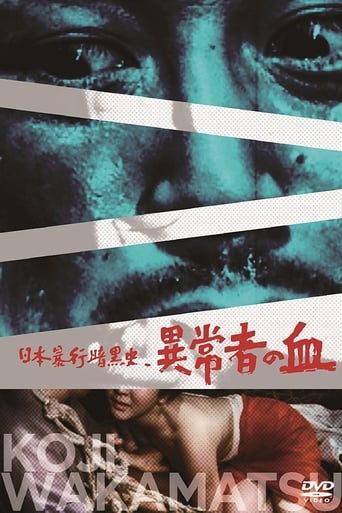
6.2/10
A detective investigating a serial rapist discovers that he and the perpetrator come from the same lineage of depraved individuals, a genealogy of violent and sexually perverse deviants that stretches through the Meiji, Taisho and Showa eras and can even be traced back to the Edo era.
Children of the Revolution
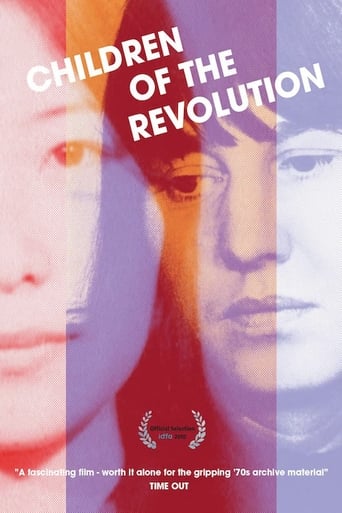
7.6/10
Inspired by the student revolutions of 1968, two women in Germany and Japan set out to plot world revolution as leaders of the Baader Meinhof Group and the Japanese Red Army. What were they fighting for and what have we learned?

It May Be That Beauty Has Strengthened Our Resolve - Masao Adachi
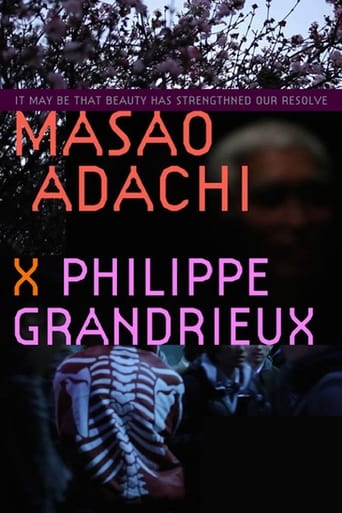
7.3/10
The first in a planned series of films about radical filmmakers by film critic Nicole Brenez and filmmaker Philippe Grandrieux, It May Be That Beauty Has Strengthened Our Resolve is a portrait of Masao Adachi, who emerged during the Japanese New Wave of the 1960s as a screenwriter for Nagisa Oshima and Koji Wakamatsu, and directed a series of avant-garde films that grafted radical politics to the sexploitation genre. A 1971 visit to a Popular Front for the Liberation of Palestine (PFLP) training camp while on the way back from Cannes resulted in Adachi's most infamous film, the agit-prop documentary Red Army/PFLP: Declaration of World War, which he co-directed with Wakamatsu. Soon after, Adachi joined a splinter cell of the Japanese Red Army in Lebanon, where he stayed from 1974 until he was deported to Japan in 1997 to serve time for passport violations.

Secret Flower
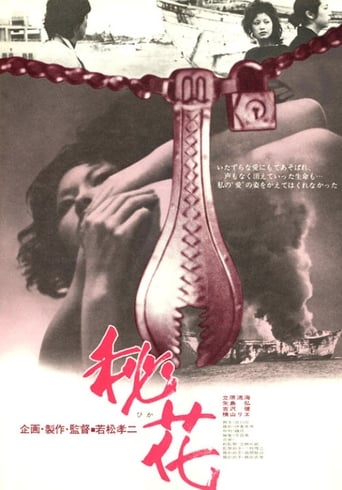
5.9/10
A woman who has just missed her suicide and a couple which has just left its political movement meet on a beach...
Under the Skin
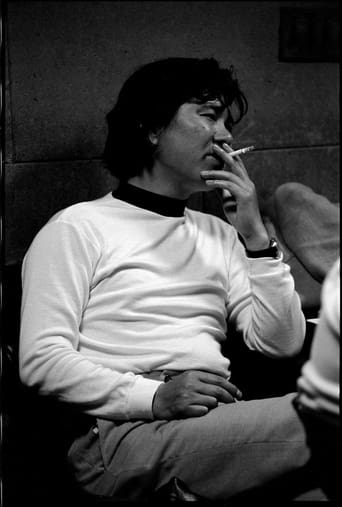
A documentary on sixties counterculture in Japan featuring Donald Richie, Tadanori Yokoo, Masao Adachi, Koji Wakamatsu, Toshio Matsumoto and Akaji Maro among others.
Hi-Red Centre Shelter Plan
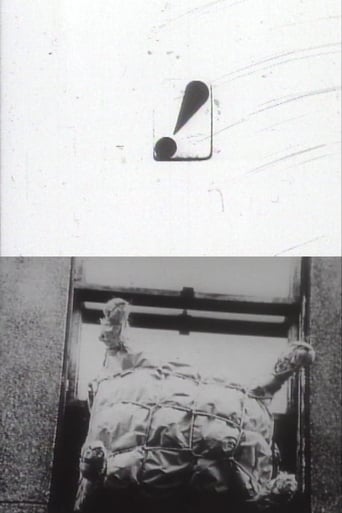
Hi-Red Centre were comprised of Genpei Akasegawa, Natsuyuki Nakanishi and Jiro Takamatsu, who enacted ‘happening’-style performance art in unusual spaces during the early 1960s in Japan. The film is an extremely rare document of one of their early events, where they hired out a room in the Imperial Hotel and invited many friends and professionals in the art scene to participate in the occasion. The performance parodies Cold War fears and the construction of private bomb-shelters, as they diligently measure each guest’s weight and proportions in pretence that they are to build human-size shelters for each individual. Key figures of the art scene make an appearance, including Yoko Ono, video-artist Nam June Paik, noise artist Yasunao Tone, filmmaker Masao Adachi and graphic designer Tadanori Yokoo. A rarely seen and exceptional insight into the Japanese art scene of the era, Jonouchi records the event in his characteristically erratic style.



